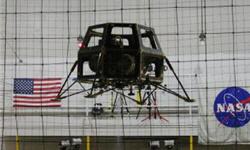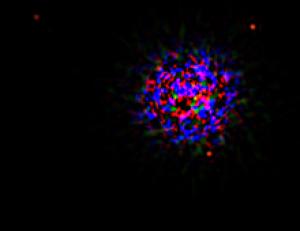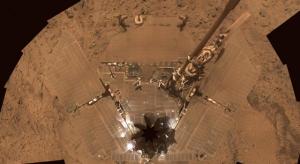These convulsions flung primordial material billions of miles from the hot, inner regions of the gas cloud that later collapsed to form the sun, out into the cold, nether regions of the solar system, where they became incorporated into an icy comet.

"If you take a gas of solar composition and let it cool down, the very first minerals to solidify are calcium and aluminum-rich," said Steven Simon, Senior Research Associate in Geophysical Sciences at the University of Chicago. And comet Wild 2 does contain these and other minerals formed at high temperatures. "That's an indication of transport from the inner solar system to the outer solar system, where comets are thought to have formed," he said.






